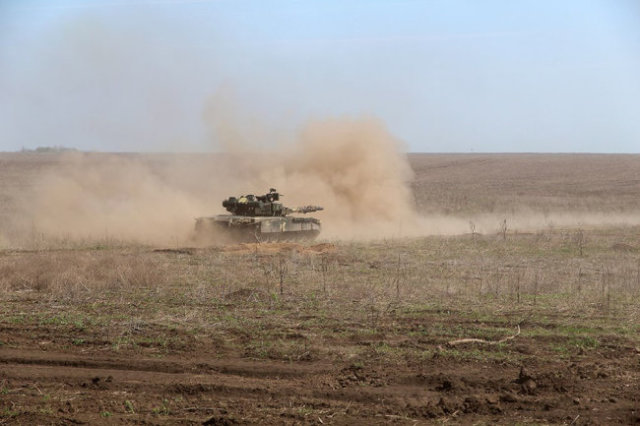In October of this year, it became known that a sample of the Ukrainian main battle tank BM "Oplot" was delivered to the United States under a contract signed back in 2012. The machine, manufactured at the Kharkov plant of transport engineering named after the Soviet People's Commissar Malyshev, was purchased for careful study.
Tests of the T-84 in the USA. pic.twitter.com/nbM5lYLqDr
— Ivan O'Gilvi (@o_gilvi) November 30, 2021
The US military does not miss an opportunity to get acquainted with samples of various armored vehicles produced by states that were opponents of the United States, as well as friendly or neutral countries.
So, during the Second World War, Soviet tanks, for example, T-34 and KV, were run-in at overseas training grounds. In the post-war period - T-54, T-55, T-62, T-72 extracted in various ways.
In the 70s, the West German Leopard 2 was tested for a long time, since the issue of their joint production was seriously considered. The Swedish Strv-103 with the original crazy layout was also studied.
After the collapse of the USSR and the Warsaw Pact, the Americans gained access to samples of Soviet weapons and began feverishly buying them up. One of the main partners was Ukraine, which sold a large list of aviation, missile, electronic, and armored vehicles.
In 2003-2004, four tanks were delivered to the USA, designated as T-80UD, but in fact they were modern at that time T-84. Upgraded Drozd active protection systems were installed on two of them. They have passed various types of tests. In particular, judging by the photos that appeared on the Web, it was determined how noticeable they were in thermal imaging sights.
They also checked the characteristics of protection, firepower, fire control system capabilities and security. Due to recent tests, not all samples sold have survived to this day. According to some sources, two, and according to others - one tank at all.
What fate awaits the BM "Oplot" is still unclear, perhaps it will be shot with new 120-mm sub-caliber shells and guided anti-tank missiles.
Alexey Moiseev

